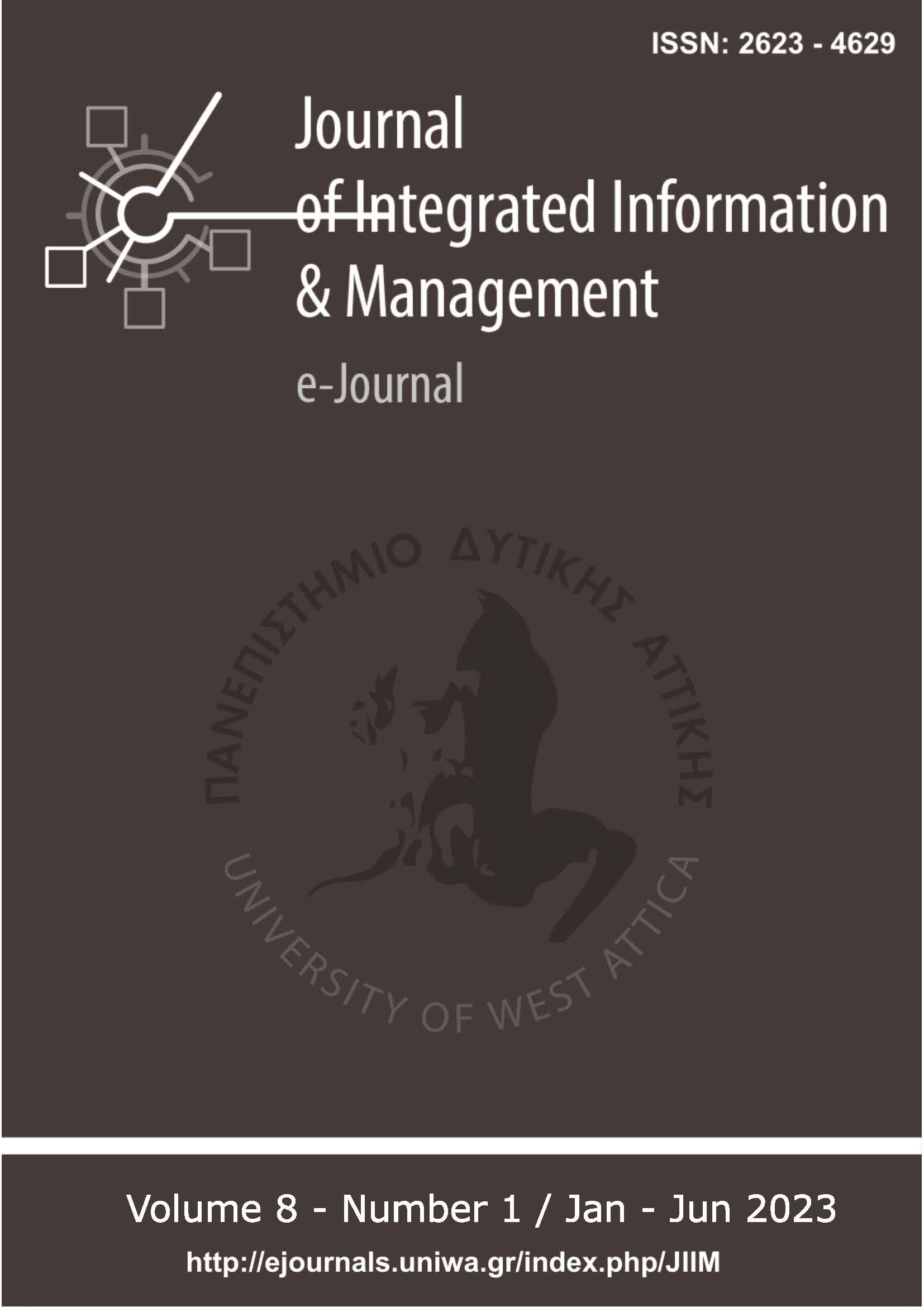Everyday photos as tools to enhance the museum experience

Abstract
Purpose - Inspired by a recent museum visit, the present work wished to study the effect of the use of photos in cultural technologies.
Design/methodology/approach - We used ancient museum objects with contemporary photos, showing people performing similar activities in antiquity and today. Qualitative data from interviews were collected and analyzed to study the participant's reflections when they saw the images of ancient objects and contemporary photos.
Findings - Results revealed the importance of contemporary photos and the possibility of including them in cultural heritage technologies since they assist visitors in understanding and reflection processes.
Originality/value - Photos can function as interpretation aids and also allow participants to make multiple connections between past and present, across societies and cultures, between current and prior knowledge, and permit connections to personal experience, leading to the conclusion that critical constructivist approaches take place when people are presented with the two images and meaning-making processes.
Article Details
- How to Cite
-
Antoniou, A., Morillo, S. R., & Vraimaki, E. (2023). Everyday photos as tools to enhance the museum experience. Journal of Integrated Information Management, 8(1), 14–27. Retrieved from https://ejournals.epublishing.ekt.gr/index.php/jiim/article/view/37909
- Section
- Research Articles

This work is licensed under a Creative Commons Attribution-NonCommercial 4.0 International License.
Copyright Notice
Authors who publish with JIIM agree to the following terms:
- Authors retain copyright and grant the journal right of first publication with the work simultaneously licensed under a Creative Commons Attribution Non-Commercial License that allows others to share the work with:
- An acknowledgment of the work's authorship and initial publication in this journal.
- Authors are permitted and encouraged to post their work online (preferably in institutional repositories or on their website) prior to and during the submission process, as it can lead to productive exchanges, as well as earlier and greater citation of published work.





